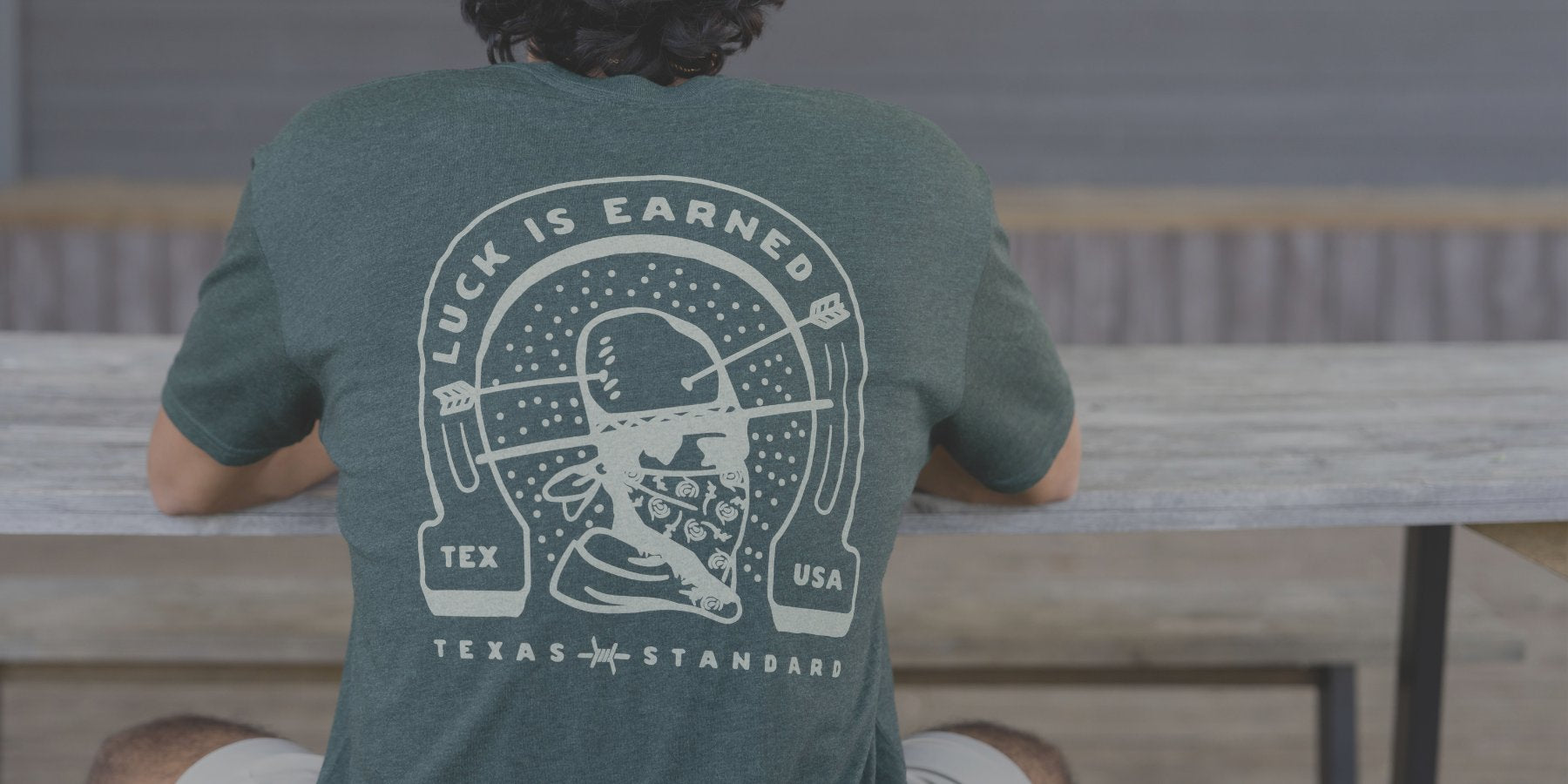The Misinterpreted Celebration
Cinco de Mayo is often misinterpreted as a celebration of Mexico’s independence. Widely perceived as the Mexican equivalent of the Fourth of July, in actuality, the holiday commemorates only a single triumph in the Franco-Mexican war. Now, manifested through elaborate festivals, vibrant folk music and traditional foods, Cinco de Mayo is a culmination of Mexican-American pride, with some of the most decorated tributes taking place right here in Texas.
The year was 1862, and the quaint, east-central Mexican town of Puebla de Los Angeles sweltered with restlessness and tension. On this May 5th, 6,000 heavily armed French troops would go up against an unskilled and poorly supplied Mexican Army, a fraction of their size, in what was to become the infamous Battle of Puebla.
Just a few months earlier, newly elected President Benito Juárez and the Mexican government had received unwelcome visits from French, British, and Spanish naval forces, following several missed debt payments. The British and Spanish eventually retreated, with the understanding that Mexico was in economic strife, but left behind an opportunistic French army. In retaliation for reimbursement that never came, the French set out to establish an empire on Mexican land, initiating the second Franco-Mexican War. Several months into the conflict, the two nations sparred from daybreak to early evening in Puebla de Los Angeles, until Mexican efforts eventually prevailed as unlikely victors.
Even though the Mexican army would go on to lose subsequent battles, and the war in its entirety, the Battle of Puebla came to symbolize Mexican resilience in the face of adversity. This particular loss for the French also influenced the fate of the United States, which was engrossed in its own civil dispute at the time. Mexican heroes of the Battle of Puebla were able to stall the French, an ally of the Confederacy, from interfering in the U.S. Civil War, which ultimately allowed Union forces to progress.
Today, the anniversary of the conquest is justly honored in Puebla with speeches, reenactments of the 1862 battle and multicolored parades, although it is not a federal holiday in Mexico. In the United States, the grandiosity of Cinco de Mayo began in Southern California in 1863, as an expression of solidarity and recognition of the battle’s impact on the Civil War. The holiday has since become a more Americanized affair, coalescing diverse communities in celebration of Mexican-American identity.
For Texas specifically, Cinco de Mayo plays a significant role in the representation and glory of Tejano history. The leading champion of the Battle of Puebla was none other than Goliad, Texas-born General Ignacio Zaragoza, who was accompanied by over 500 Tejanos along with South Texas and Rio Grande Valley vaqueros. Without the sacrifice of these valiants, the Battle of Puebla may have been lost, and so too would a reminder that Mexican roots in Texas history run deep.
Due to its lesser-known tale, Cinco de Mayo is often glossed over as a day to tip back tequila and revel in margaritas galore, but it is essential to honor the lives lost on the Puebla battlefield. This Cinco de Mayo, consider leaving the giant sombrero at the door and remember that without the Battle of Puebla, Cinco de Mayo and (most importantly) our fellow Tejanos, Texas would not be Texas. From the serene East Texas countryside to the lively palm trees of the Valley, it’s easy to recognize that the Lonestar State’s landscape is almost as unique and diverse as the great people that make it up - and isn’t that what Texas pride is all about?
Shameless plug at the end: our Tejas Guayaberas are an excellent way to show your love of the rich history of Tejano culture this Cinco De Mayo, and year-round. ¡Son las mas autenticas!





















Leave a comment